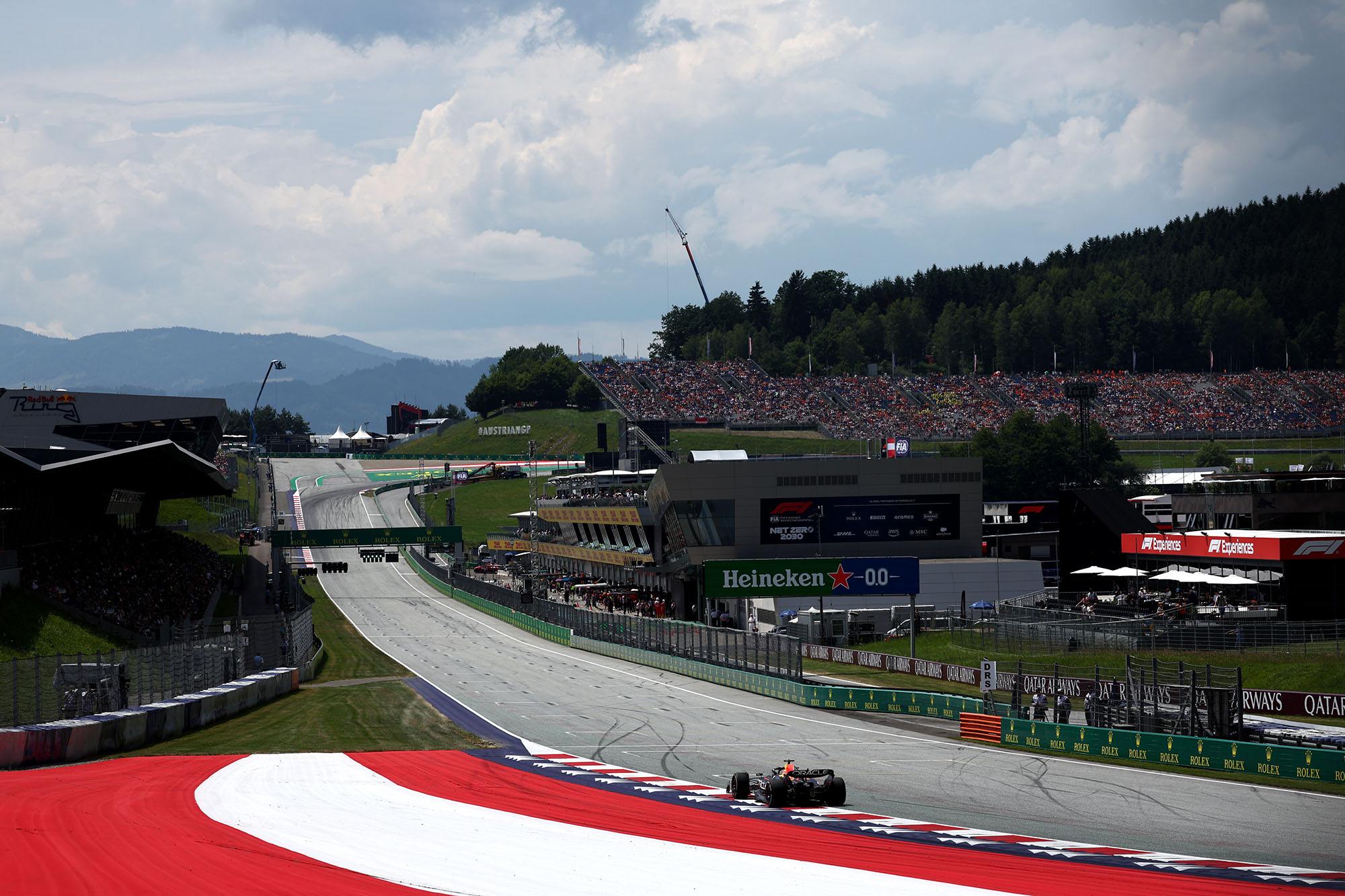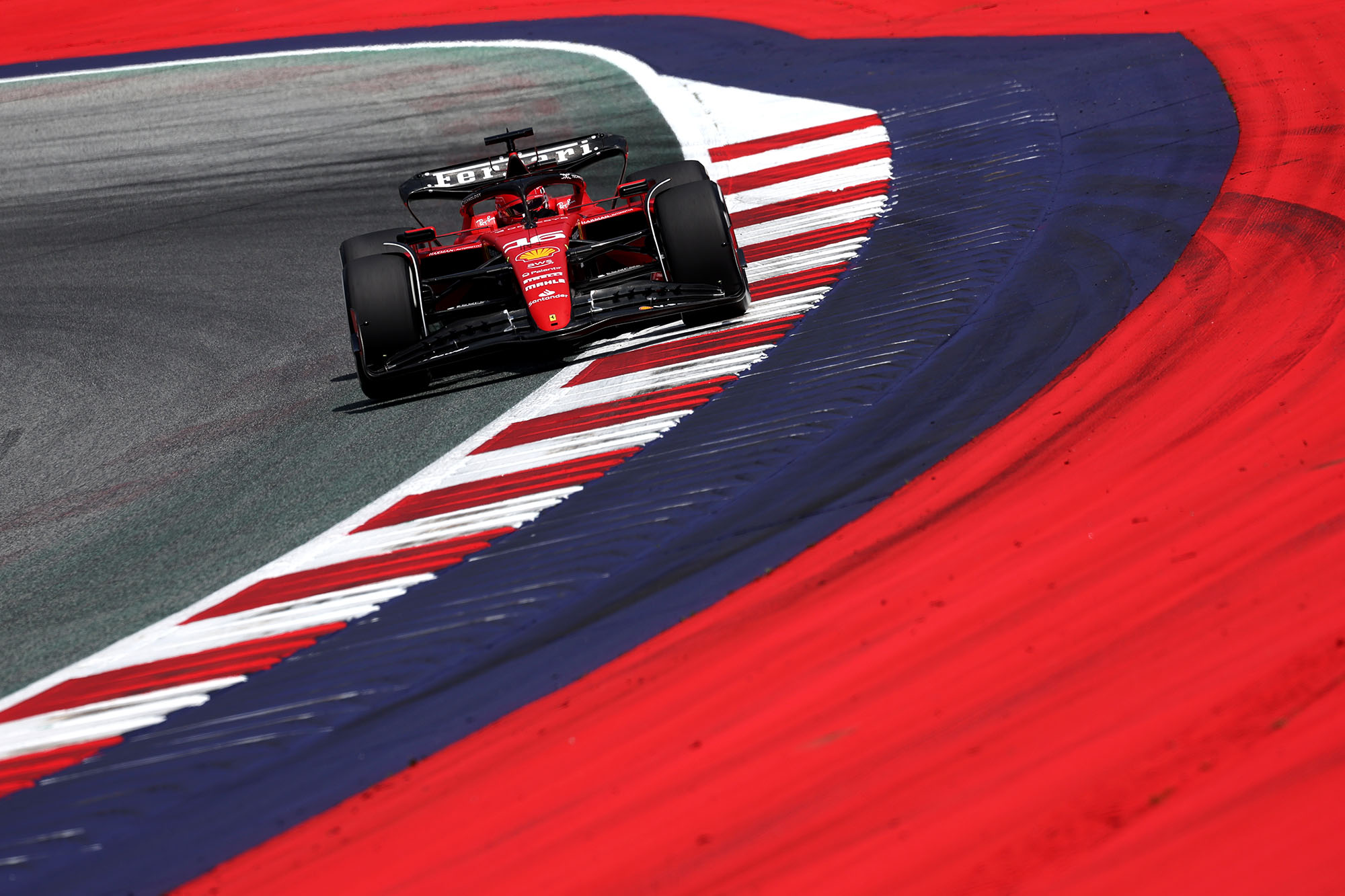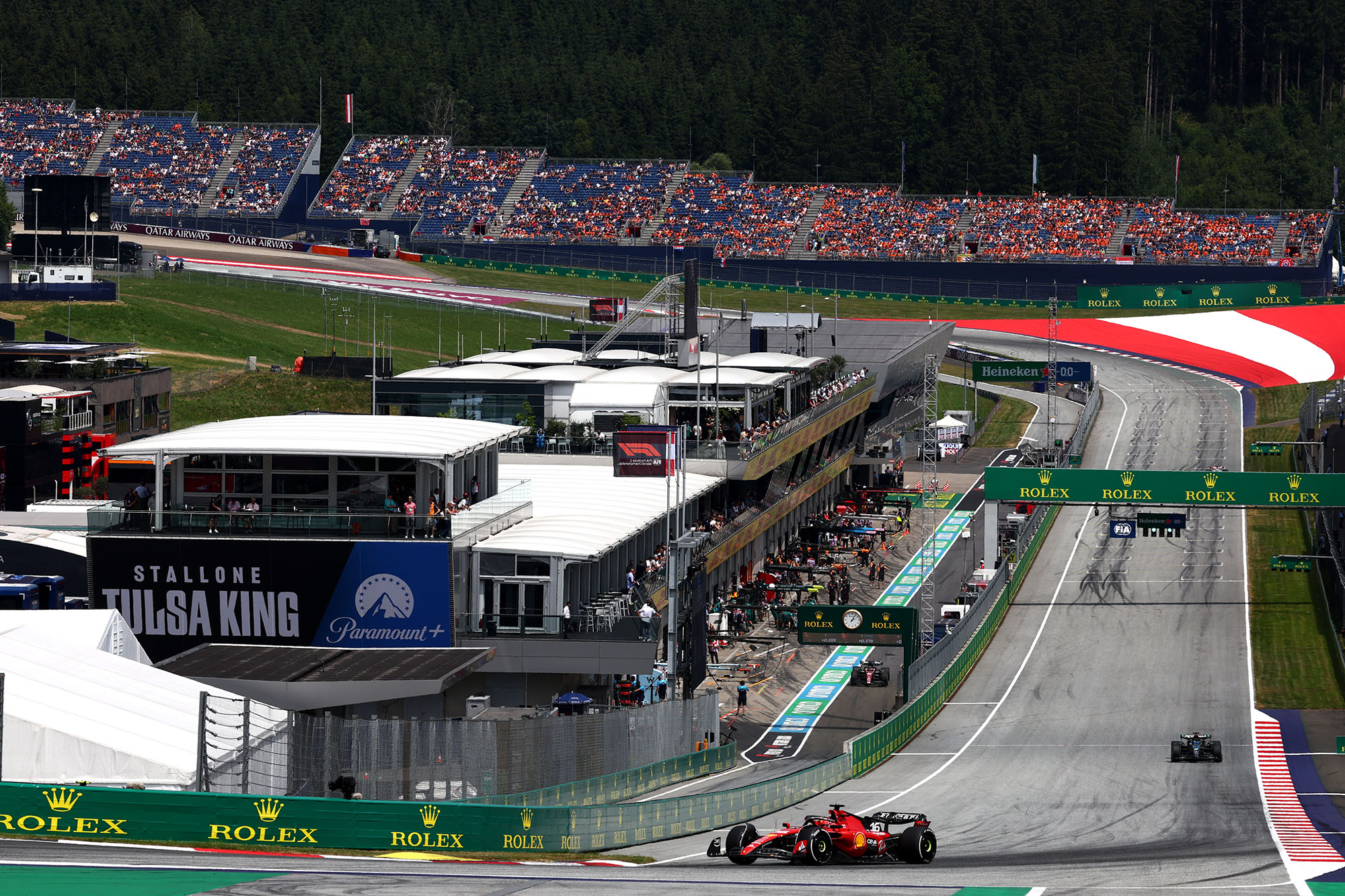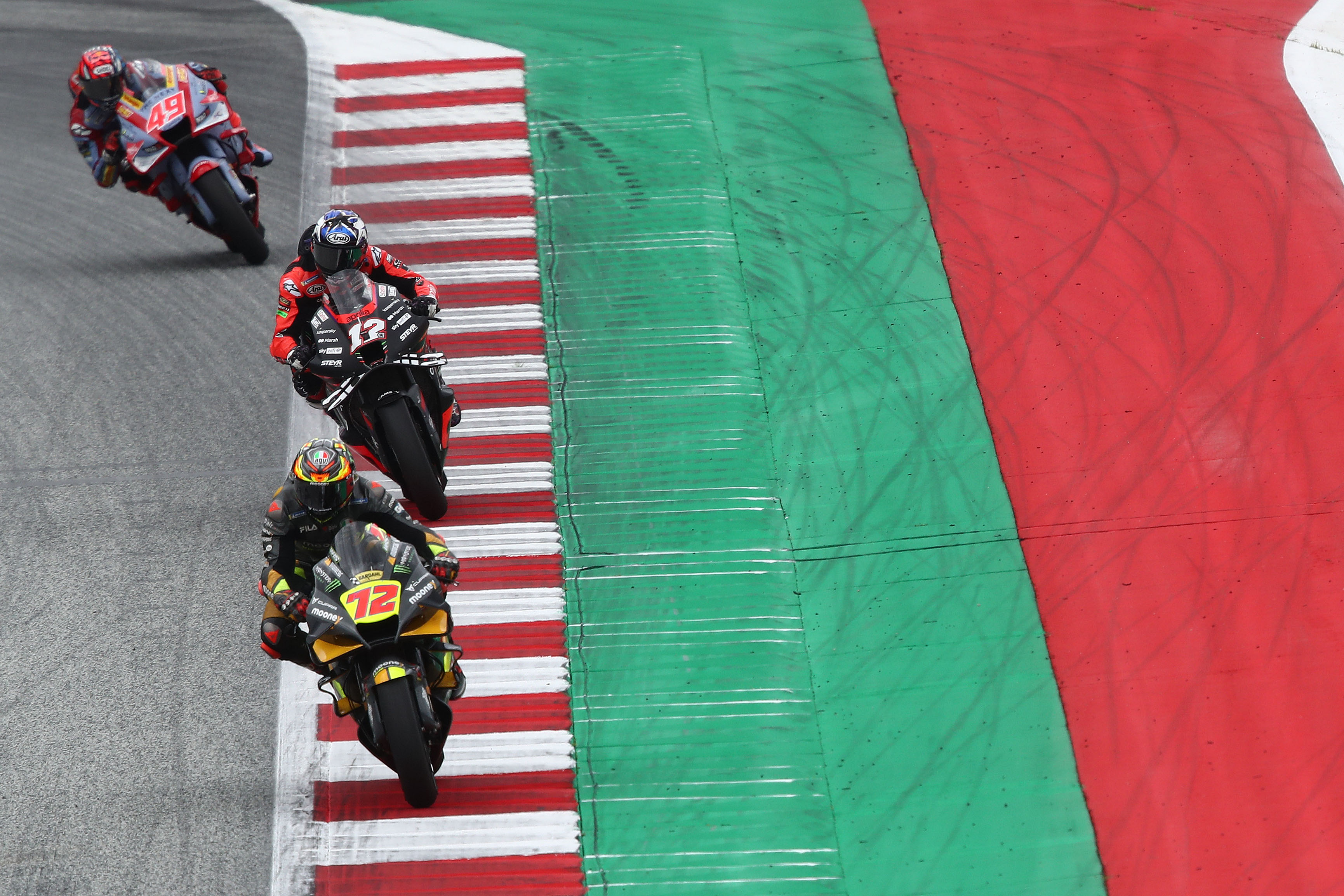The best guys got through in the end, allowing Max Verstappen and Charles Leclerc to stage an epic duel for Austrian Grand Prix pole in Q3, decided in the Red Bull driver’s favour by four-hundredths of a second.
But in Q1 and Q2, qualifying looked to be in danger of descending into farce as multiple drivers had their laps deleted for track limit infringements, mainly at Turn 10, the quick final corner with a dip in the middle.
There were 25 deleted laps in Q1, 19 in Q2 and three in Q3. A total of 47 was almost three times more than last year’s 16 deletions.

Because of its layout the Red Bull Ring is perhaps the most difficult track on the Formula 1 calendar for track limits – there were also problems at Turns 1, 4, 6 and 9 – but that doesn’t explain the spectacular infringements increase since last year. The main problem corner, Turn 10, is identical. There were no changes made to the kerbing, the sensors are the same and placed in exactly the same spots.
“We haven’t found a solution,” said Carlos Sainz, who qualified a solid third, 0.15s behind Leclerc but who had a lap deleted in Q1 and used up an extra set of tyres in Q2, unnecessarily as it turned out, because it could not be confirmed in time if his previous lap was going to be judged clean (it was).
“What we saw today – deleted laps, drivers getting caught out, almost we couldn’t keep up with the deletions – we need to find a way to correct it.”
“It’s not a good look,” said Verstappen – who had a fastest time deleted in Q1 and another in Q2, but simply improved each time before then putting two flawless Q3 laps together. “It made us look like amateurs.”
Verstappen admitted to leaving some margin in the last two corners in Q3. He didn’t believe he had even been pushing particularly hard when he got his earlier deletions.
“I wasn’t on the limit but if you hit the compression wrong you lose the laptime apparently,” he said. “I was definitely [in Q3] a bit more aware of where to put the car to not risk being looked into.”

Leclerc, by contrast, had not been satisfied with his speed through those corners until his final lap. He’d had no deletions but perhaps not coincidentally felt he wasn’t finding the limit through 9 and 10. On the last lap, “I had nothing to lose. This was my weakness [in] Q1 and Q2 so I knew I had to go for it.”
Ironically, although Leclerc’s final ‘take no prisoners’ approach put him in contention to take the pole from under Verstappen’s nose, it was also ultimately why he lost out. For he was actually 0.037s ahead on the lap as he approached that final turn. He took significantly more speed in, but more than the rear could keep up with – and in controlling the resultant moment, he lost 0.086s to Verstappen.
“Yes, for the final run we put a bit more front wing on,” he rued. “But maybe it was too much.” The more agile response brought him closer than he’d been, but also punished him more heavily for his final corner ambition.
Still, it was an encouraging outing for the updated Ferrari, especially as Leclerc was quickest through the fast curves of sector two, exactly the sort of corners in which the Ferrari has struggled this year. Both Leclerc and Sainz were cautious about whether their qualifying form would be replicated in the race, with tyre usage still an obvious concern.
Mercedes (with Lewis Hamilton fifth, George Russell 11th) and Aston Martin (Lance Stroll and Fernando Alonso sixth and seventh respectively) were just not quite on Ferrari’s pace here. The track configuration favouring braking, front tyre warm-up and straightline speed probably played into Ferrari’s favour in this comparison. When rear tyre degradation becomes a factor in the race, the picture may conceivably change.

But none of this explains why there were so many deletions.
“It’s such a difficult challenge,” explains Sainz. “Your speed there is so high, you cannot really see where your tyres are. The track is defined by a white line, which you cannot feel when you drive on it.”
“The faster the speed, the trickier it is,” says Leclerc. “[At Turn 10] the car is getting lighter as there is this drop in the track and from the cockpit you cannot see.”
The cars are faster than last year, the front tyre is grippier.
“I think maybe the drivers feel they do not have to protect the rear so much,” says Pirelli’s Mario Isola. “The front is stronger, the car understeers less, so they perhaps feel they can push more and that is taking them further out.”
But there is another very pertinent point in this discussion. The monitoring is better this year. As well as the personnel in race control, the FIA this year has the facility of extra people at its facility in Geneva. They monitor the footage in live time and any potential infringements they see they index, include the footage and send to race control so there is no need for race control to scroll through. Perhaps there were no more transgressions than before, just better policing.

There used to be a similar track limits problem at Monza’s Lesmo 2. The FIA got the organisers to bring the gravel trap closer to the kerb and, as if by magic, the problem was switched off. But Monza doesn’t host MotoGP bikes. The Red Bull Ring does.
“Gravel would work,” says Verstappen. “But the bikes don’t want that. You can’t ask the organisers to put gravel in then take it away and put it back, because it would be too expensive. But we need to find a solution.”




